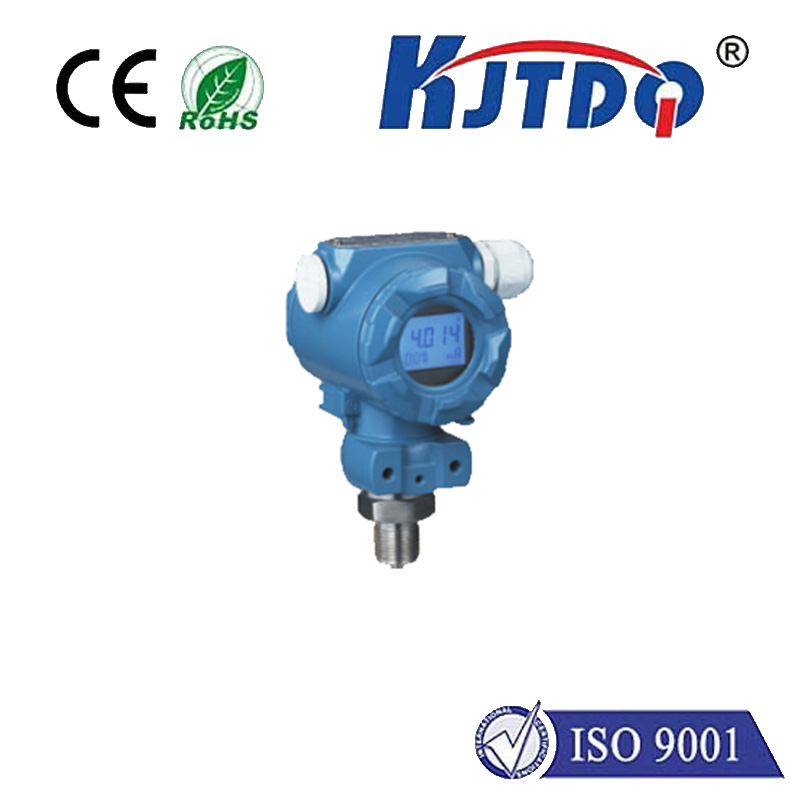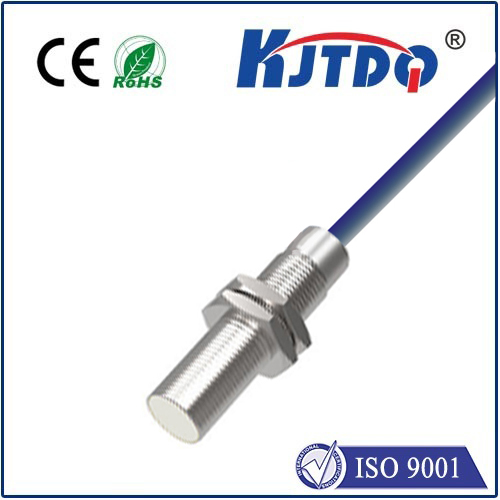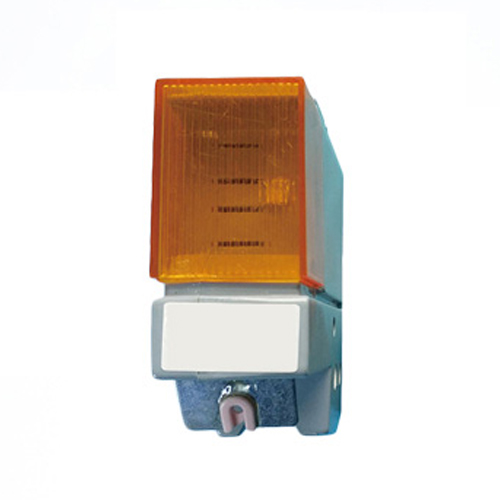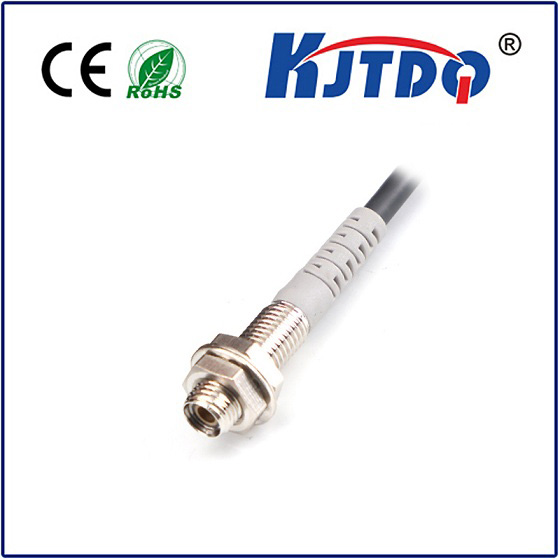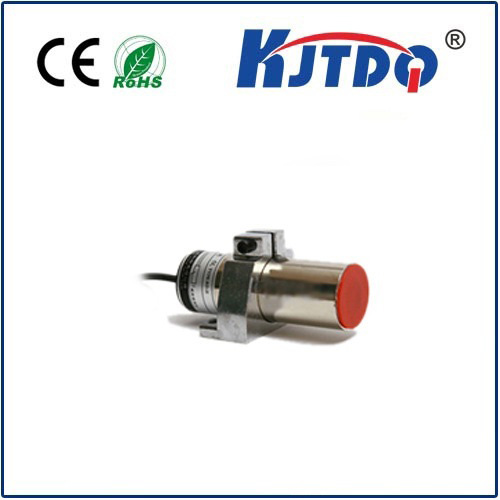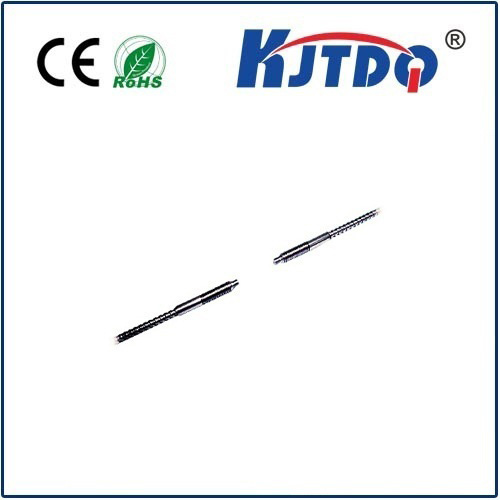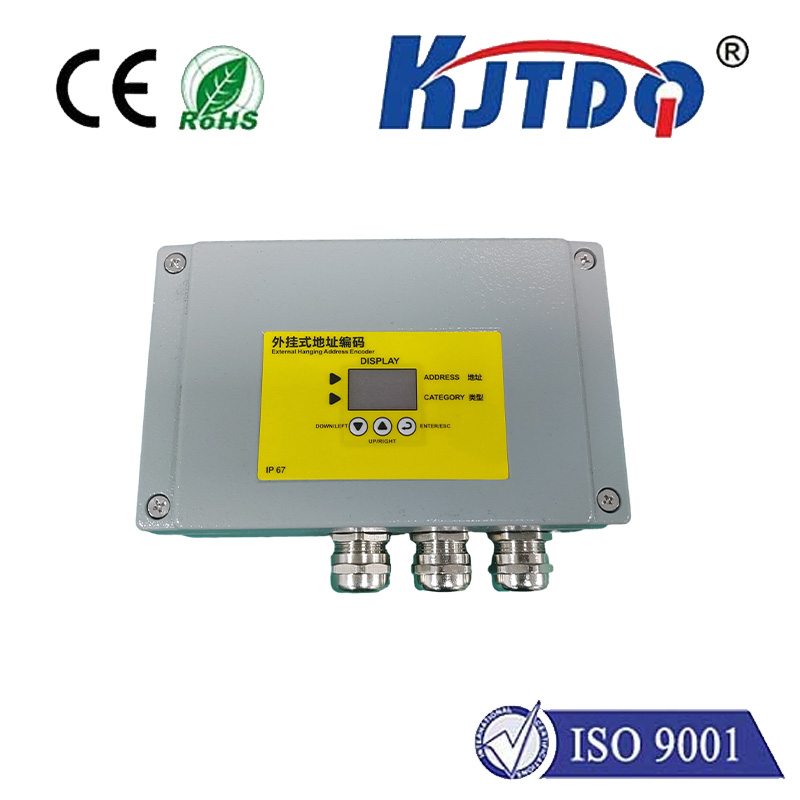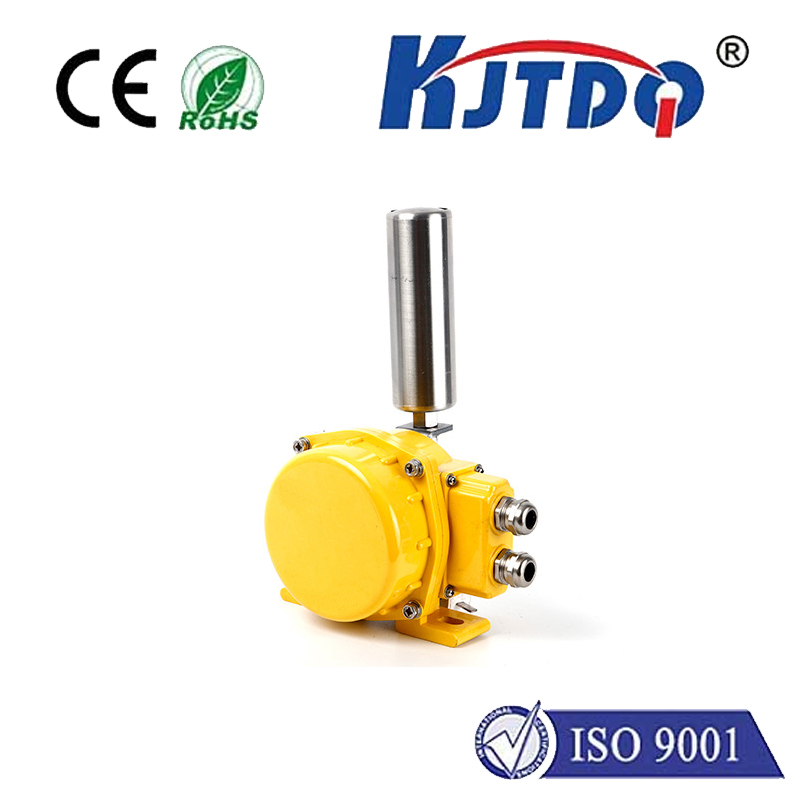

check

check

check

check

check

check

check

check

check

check
Retro Reflective Optical Sensor: A Revolutionary Technology for Industrial Automation
The advent of industrial automation has transformed the manufacturing sector, leading to increased productivity, efficiency, and safety. One of the key components in this transformation is the retro reflective optical sensor. This innovative technology has revolutionized the way we detect and measure objects, providing numerous benefits for various industries.
Retro reflective optical sensors are designed to detect objects by bouncing light off them and measuring the amount of light reflected back. This process enables these sensors to accurately identify objects even in challenging environments with low visibility or high levels of ambient light. The unique feature of retro reflective sensors is their ability to work effectively at long distances, making them ideal for use in large-scale industrial applications.

One of the primary advantages of retro reflective optical sensors is their versatility. They can be used in a wide range of applications, from packaging and sorting systems to quality control inspections and inventory management. By providing precise and reliable detection capabilities, these sensors help improve overall system performance and reduce errors.
Another significant benefit of retro reflective optical sensors is their durability. Made from high-quality materials and designed to withstand harsh industrial conditions, they can operate continuously without requiring frequent maintenance or replacement. This not only saves time and resources but also ensures uninterrupted operation, which is crucial for maintaining production schedules and reducing downtime.
In addition to their functionality and durability, retro reflective optical sensors offer enhanced safety measures. They can be used to detect potential hazards or obstacles on production lines, alerting operators to take necessary precautions. Furthermore, they can be integrated into safety systems to prevent accidents and protect both workers and machinery.
The implementation of retro reflective optical sensors requires careful planning and consideration of various factors such as object size, shape, color, and surface characteristics. However, once properly installed and configured, these sensors provide accurate and reliable data that can be analyzed and utilized to optimize production processes.
In conclusion, retro reflective optical sensors represent a revolutionary technology that offers numerous benefits for industrial automation. Their versatility, durability, and enhanced safety features make them an essential component in modern manufacturing facilities. As we continue to embrace advanced technologies like these sensors, we can expect further improvements in efficiency, productivity, and safety across various industries.
